Larvae of bedding or bed bugs
Content
- Bedbugs and eggs
- Bedbugs - their larvae and eggs
- Bedbug bites
- Bedbug eggs
- Mating bedbugs
- The death of bedbugs
- Bugs in the house
Bed bugs - blood-sucking insects that parasitize a person’s dwelling, the burrows of warm-blooded animals, are found in birds' nests, hollows and caves. Pests have an incomplete transformation cycle.Blood is fed not only by the adult generation, but also by the larvae of bedbugs.
Appearance and livelihoods
Bedbug larvae have a structure and appearance similar to adult individuals, with the exception of some features of life activity and size. Larvae hatching from eggs are small, not more than 1.5 mm. The chitinous cover is soft and transparent, therefore, when feeding, blood is visible, filling the digestive system of the parasite. The body is flattened from top to bottom and somewhat more elongated than in the adult.
Having gone through 4-5 molts, nymphs become mature adult bugs without undergoing morphological changes, therefore the development cycle is called incomplete. The larvae move slowly and always live near the source of food.
In order to move to the next developmental cycle, the larva must feed. Only a well-fed nymph molts and grows in size. By 4-5 molt, it becomes three times the initial size and reaches 4.5 mm. By the time of transformation into imago, the color of the chitinous cover darkens and becomes dark brown. In the photo the bed bugs larvae, the moment of release of nymphs from eggs and adult insects
On a note!
The most important among the parasitic bugs are synanthropic species living in the human dwelling. Home, bed, dress, furniture bugs - this is the same type of blood-sucking insects Cimex lectularius, which is called by habitat.
Despite the fact that more than 28 pathogens of transmissible diseases were detected in the intestinal ectoparasite, but their transmission during bug bite man does not happen. An exception is the family of bedbugs Reduviidae, representatives of which can be carriers of a tropical disease - American trypanosomiasis or Chagas disease. In everyday life these insects are called bedbugs killers or kissing.
Food occurs at night, although bugs do not lead exclusively to nocturnal life.
Nutrition and Digestion
Nymphs of bugs have piercing-sucking oral apparatus. The bedbug is firmly fixed to the skin with the help of a bundle of mandibles and maxillae, located in the alimentary canal. With jagged mandibles, it deeply clings to the skin, pierces it and promotes the maxillae in its thickness, reaching the blood vessel. In addition to the food channel, the mouth organs form a channel,in which the contents of the salivary glands, rich in enzymes that prevent blood clotting and have an analgesic effect, are injected into the victim's body.
Digestion of food in bedbugs, like many ectoparasites, depends largely on the presence of symbiotic bacteria in the digestive system. If the bacteria die, the larvae stop developing after the second or third molt and die.
The legs of bedding or bed bugs are only running, but the adults move fairly quickly. Due to the fact that the larvae move slower, they are on the human body just 5-10 minutes. During this time, the nymph of the first age drinks 0.3 mg of blood. With each growing up, this number increases, and the imago at a time can drink up to 7 mg of the victim's blood. In the photo are the larvae of domestic bugs in the process of feeding.
Interesting!
There are among the bugs and predatory species that feed on the contents of eggs and larvae. In the absence of free access to the food object, bloodsuckers can engage in cannibalism, eating their relatives. Some tropical species are a transitional link between predators and parasites - they canfeed on other arthropods, as well as on the blood of large mammals, including humans. Some predators used in the fight against pests of agricultural crops.
Bedbug larvae feel the blood beating in the vessels, therefore they pierce the skin several times above the capillary, forming tracks of 3-5 bites. This bites and bedbugs are different from the indiscriminate bites of other blood-sucking insects. Adult parasite eats once in 1-1.5 weeks. Larvae require much more blood to transform, so they can bite the prey daily.
Bedbug larvae bites with the same frequency are found in both sexes and do not depend on the blood group. Having carefully considered what the larvae of bedbugs look like, you can determine by the color of their abdomen how long ago they ate. Have just "had dinner" nymphs color is bright red. Gradually, the blood coagulates, darkens and after a few hours the color becomes brown, and after a few days - black. The larvae can survive without food for only 7-8 days, while the adult generation endures 18-20 days without food.
Stages of development from an egg to an adult bug
Feature breeding bed bugs is traumatic fertilization. The male's sexual organ has a sharp tip, with which it pierces any part of the female’s body. Injected sperm with a current of hemolymph are transported to a special, characteristic only for bed bugs, organ of Berlese. It is used not only for long-term storage of sperm, but also for the regeneration of the female's body after injury.
With the current of hemolymph, seminal fluid migrates to ovariols, where eggs fertilize. During a lifetime, a single female can lay about 500 oblong eggs, provided with a lid for the larvae to exit. The number of eggs depends on the amount of sperm that has entered the body, the ambient temperature and nutrition.
During the day, the female lays an average of 5 eggs, the appearance resembling a tiny transparent capsule. Durable sticky shell reliably protects the embryo from external influences and chemicals. Most effective insecticides do not destroy eggs, they can be eliminated either mechanically or by using temperature conditions. Harmful temperatures for bedbugs and egg-laying: -20 ° С, + 50 ° С.
After 3-4 days, after the laying of fertilized eggs, the first-generation larvae appear from them. An adult individual in favorable temperature conditions can live up to a year. Even a single female bug can set up a large colony.
Interesting!
Bedbugs can mate not only with females. Often males become the subject of sexual aggression. The injected seminal fluid is mixed with the seed of the "coated" male, and he passes it along with his spermatozoa to the female. Homosexual relationships among bedbugs make up 50%. It was found that male bugs lack an organ that protects them from infection during mating. Puncture injuries do not heal well, so they emit a pheromone of anxiety, which repels males, reducing the number of homosexual relationships.
On the abdominal segments of the larvae of the bugs are glands that produce a secret with a specific smell. In adult parasites, these glands are located on the metathorax. The secret contains:
- pheromones - to attract individuals of the opposite sex;
- indications of the presence of the food object - pheromones of the “food path”;
- danger warning - alarm pheromones.
Also, the glands produce chyromones - substances that deter predators. With a large population of bedbugs peculiar smell strongly felt. What is unique is that during feeding, the larvae release pheromones that attract “relatives” to the “table”, and after they finish feeding, they emit cajromones, which frighten off predators.
One week passes between the next molt of the larva and its transition to the next stage of development. The whole development cycle takes 1-2 months in favorable conditions, and as the temperature drops, it can stretch up to 80-100 days.
Favorable and unfavorable conditions for vital activity
The bugs, whose developmental stages depend on the microclimate, are very sensitive to the temperature and humidity of the environment. The most favorable temperature for life is above 16 ° C. Below this value, adults fall into a state of stupor and can exist for such a long time. At a temperature of -10 ° C adult insects live no more than 5 days, and the larvae die within a few hours. At - 32 ° C the larvae, the eggs die instantly, and the imago - in 10-15 minutes.
Bedbugs tolerate low humidity quite well. At temperatures of + 35-40 ° C and low humidity, they survive, even losing 1/3 of the liquid. But the smaller the larva's age, the more susceptible it is to temperature and humidity. The upper temperature limit for bedbugs is + 45 ° C.
To get rid of the larvae of bedbugs, it is necessary to freeze or warm up bedding, furniture and places where insects are hiding. Bedbugs do not tolerate well high concentration of CO2, but can tolerably feel in an atmosphere of pure nitrogen. In experiments, they maintained such conditions for 72 hours.
The formation of colonies of bedbugs
How do the bugs and their larvae huddled in a colony can be seen in the following photo. Insects, mainly in the shelter, which protects them from predators, the threat of destruction, reduces the impact of the microclimate and provides a great opportunity when choosing a partner. Pheromones help the bed bugs to gather in colonies; they can communicate in them not only with the help of volatile substances secreted by the glands, but also with the help of mechanoreceptors located on insect antennae.
Females more often leave the colony in order to find new egg laying sites and new food sources. While in the colony, the males emit odorous substances that attract still unfertilized females and scare other males.
Although parasites can live separately, but after feeding is completed, they are sent to places where you can take shelter to digest food, moult and lay eggs. Detect bed bug colonies can be on the characteristic smell of rotting raspberries. Larvae and adults hiding in cracks, behind plinths, in furniture, household appliances, sockets.
Over the years the chemical bed bug control their resistance to many types of insecticides has increased. Therefore, scientists are studying the insect genome to create a means of regulating a population that is equally effective at all stages of the development of blood-sicking insects. Knowing what bedbug larvae and adults look like, you can get rid of parasites, not allowing a strong infection of the apartment. Excrements found in the bed, empty chitinous shells and blood specks from crushed insects serve as the basis for processing the room.Egg laying is found in places where bedbugs accumulate and is less noticeable. therefore processing apartment must be ubiquitous, especially in hard to reach places at home.

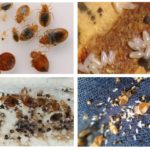
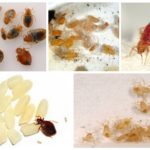
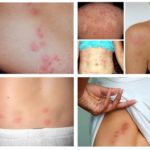
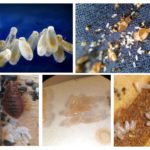
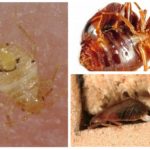
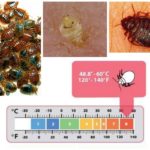
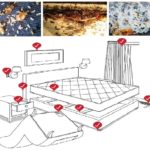
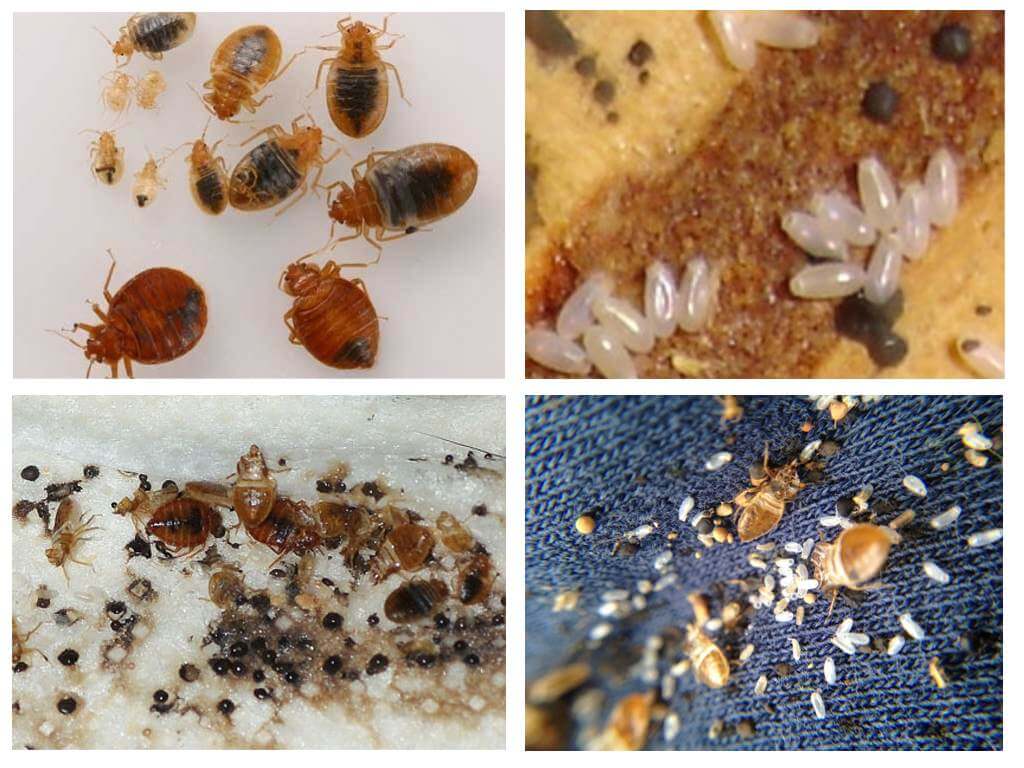
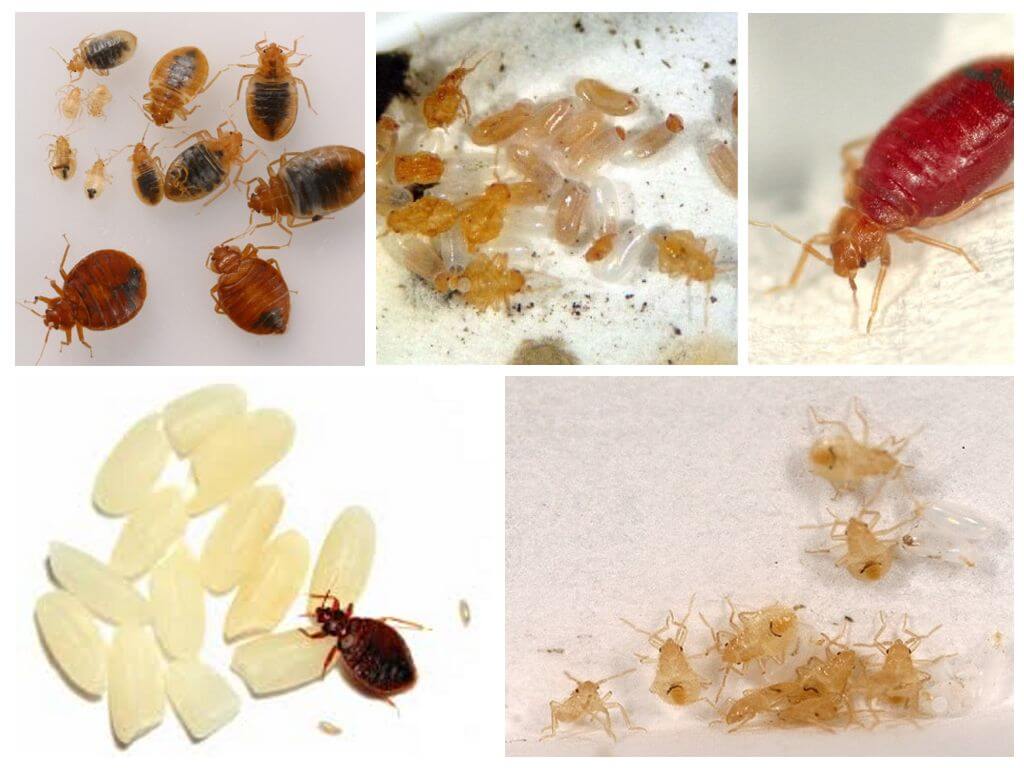
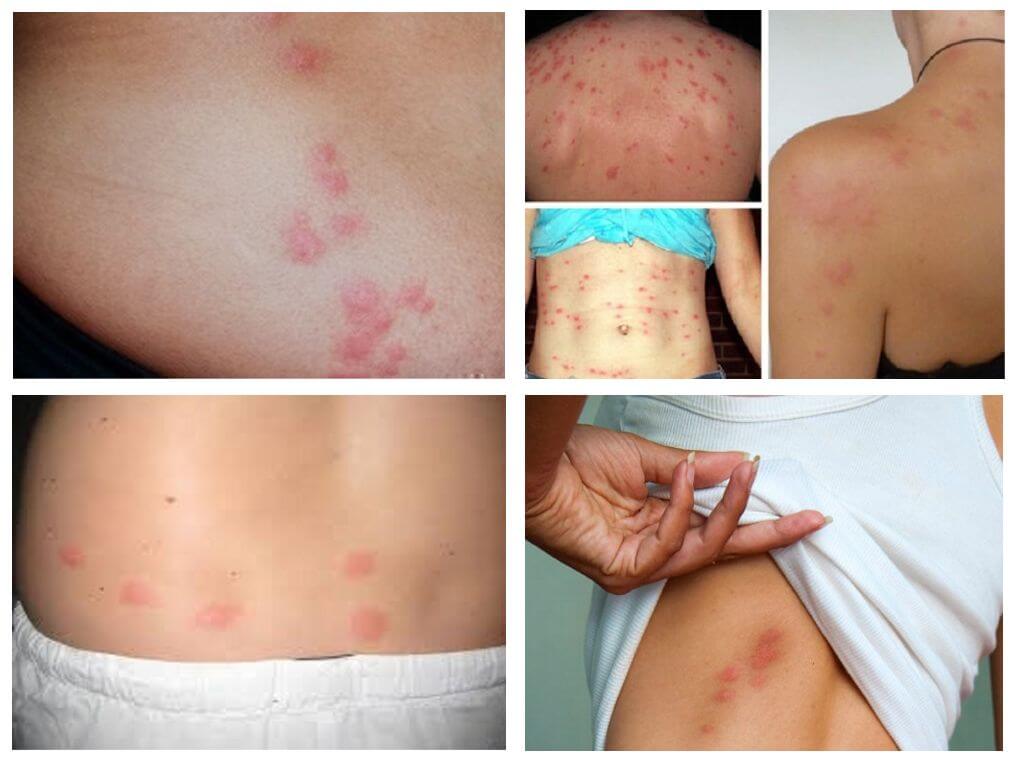
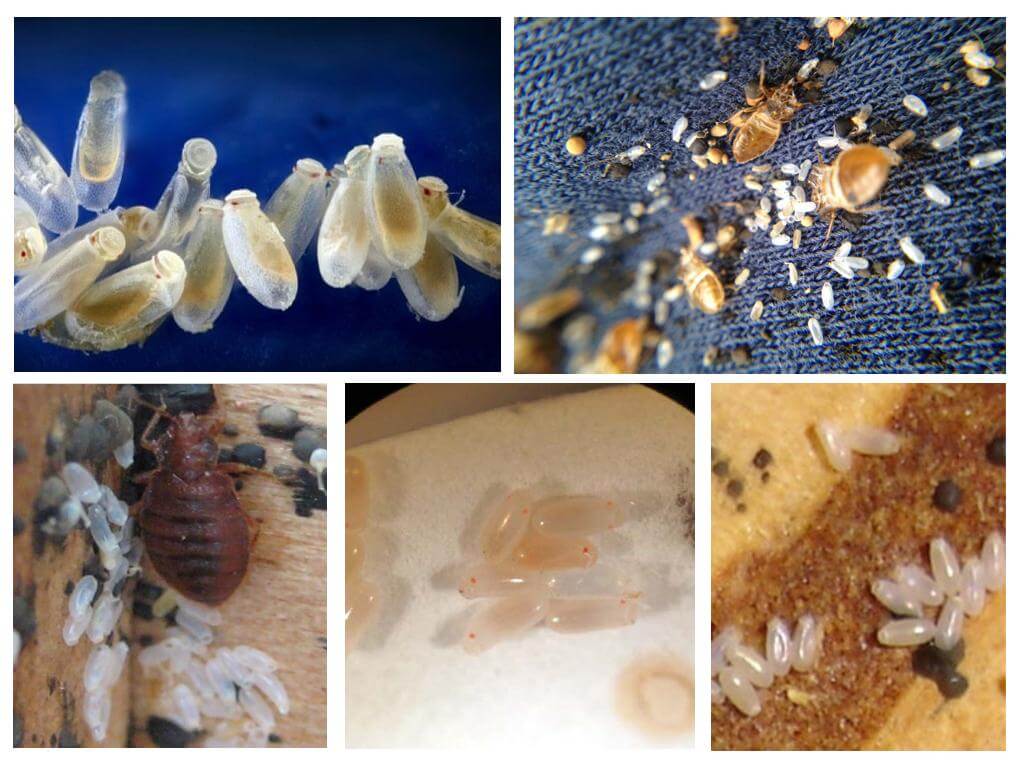
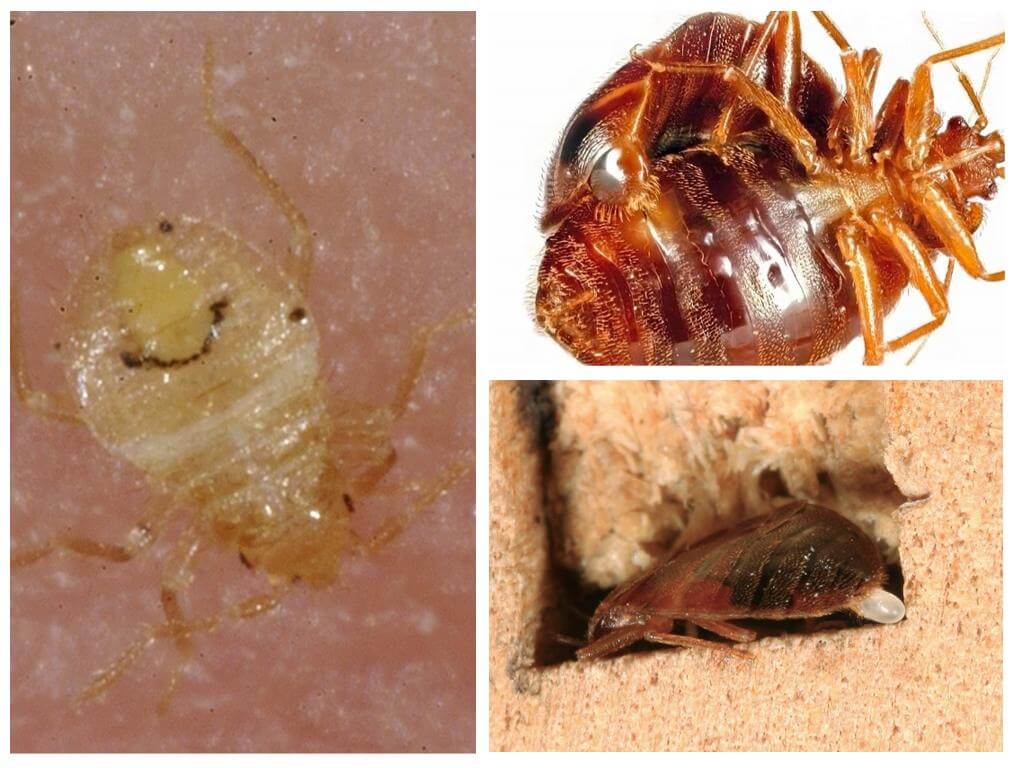
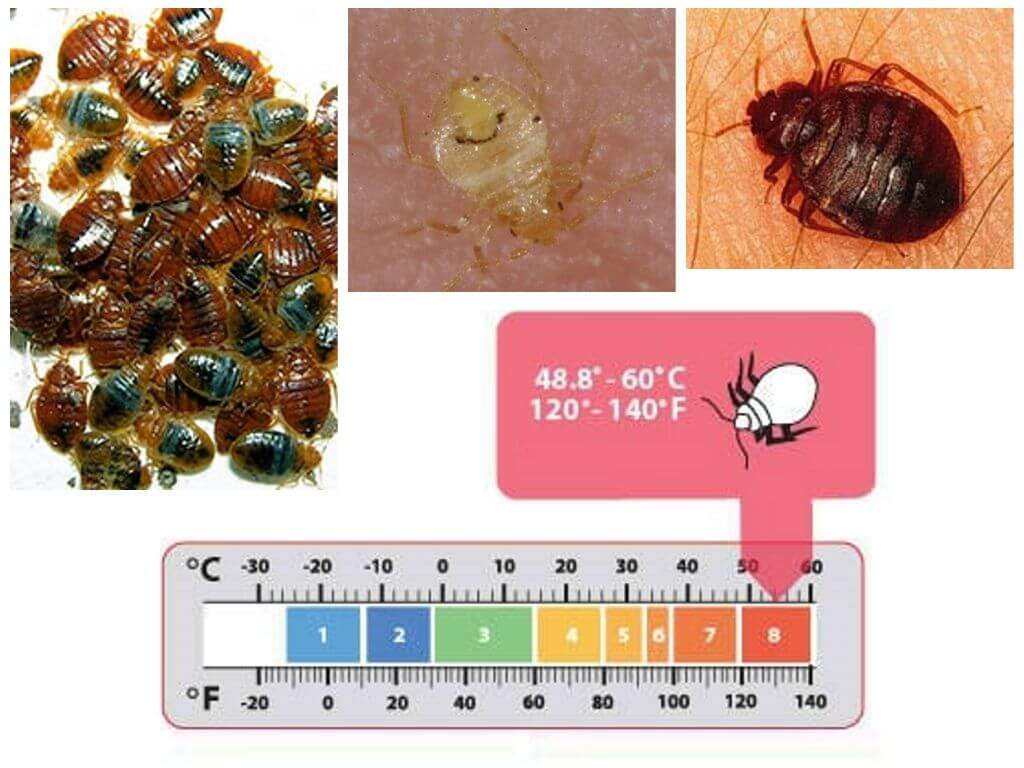
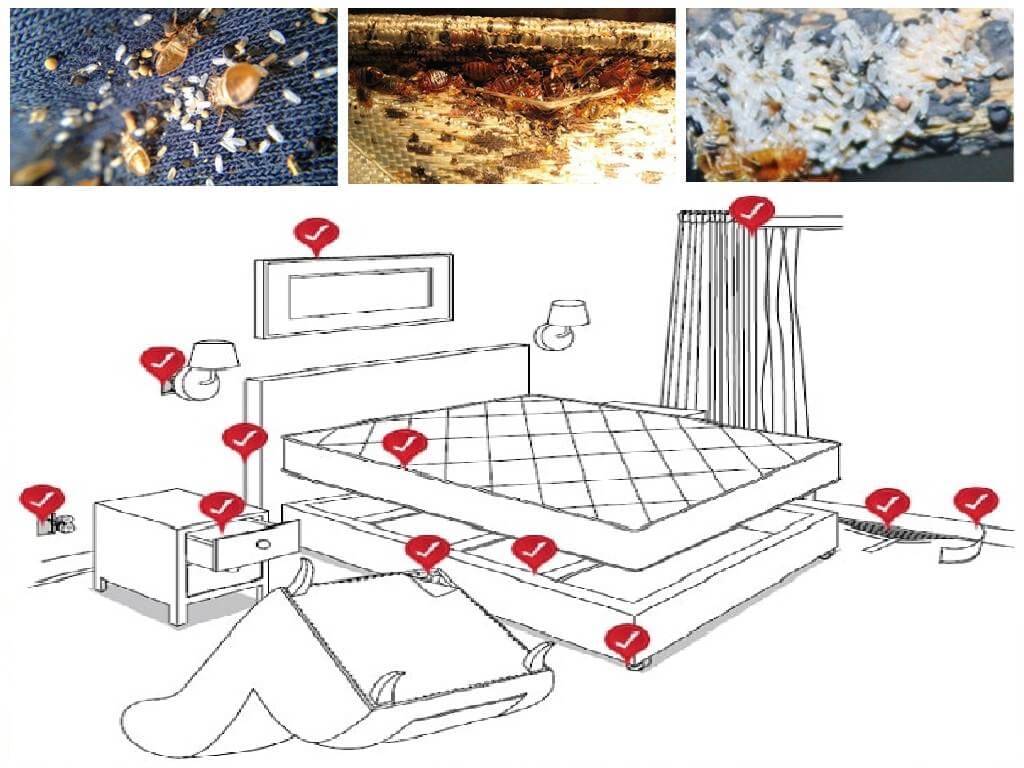

 (votes: 12, Average rating: 4.92 out of 5)
(votes: 12, Average rating: 4.92 out of 5)


